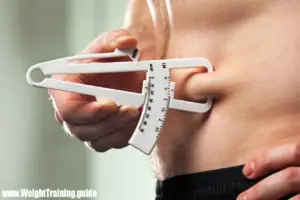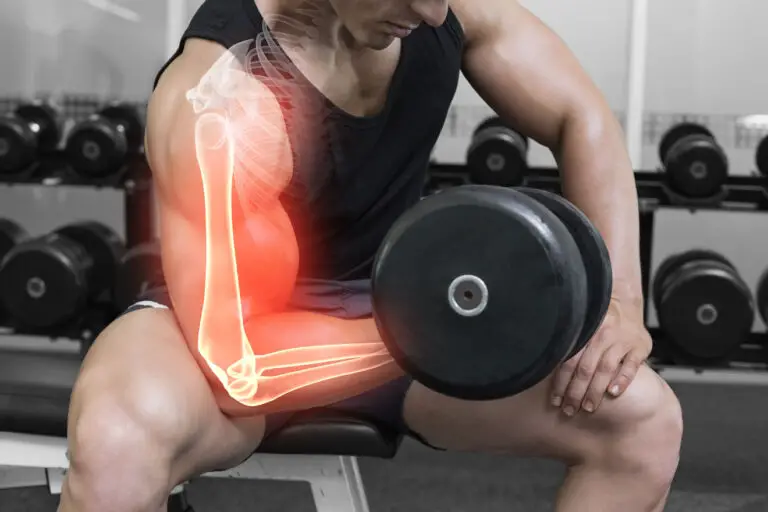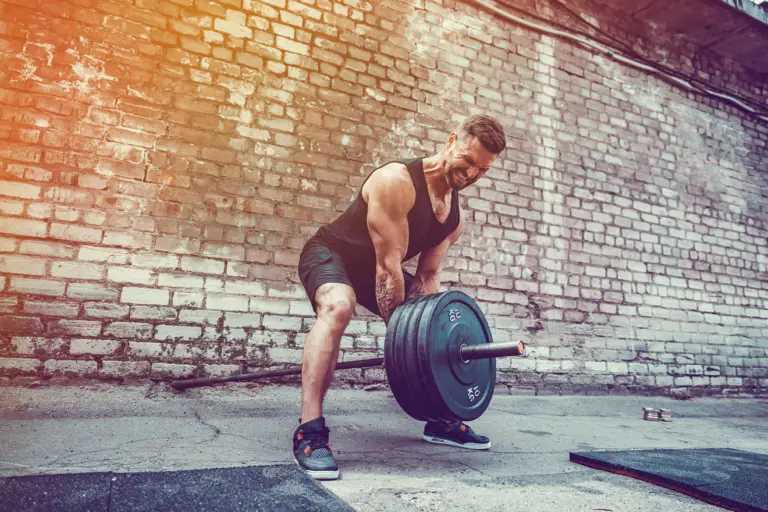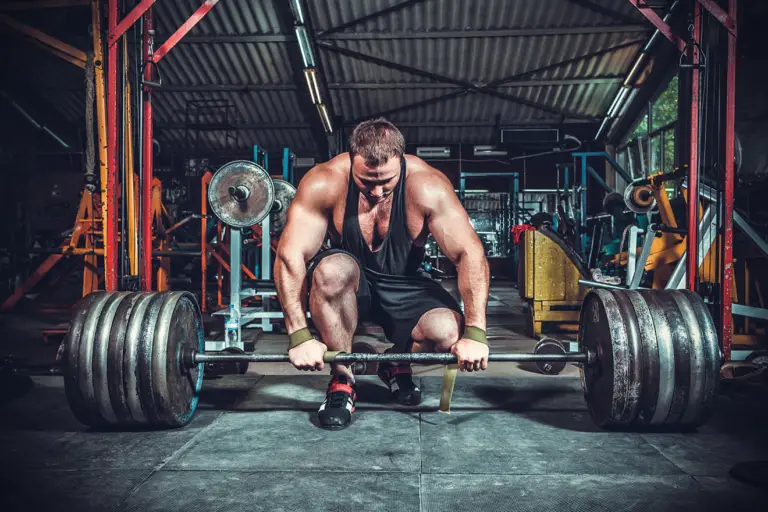How to track your progress
Why track your progress?
Achieving your goals will take time. Tracking your progress will let you know if your training program and diet are working. If they are, great! Keep following the same program and diet and monitoring your results. On the other hand, if they are not working, you have to take the necessary actions to get back on track.
As you track your progress, you will develop a better understanding of your body and how it responds to different stimuli. The patterns that you observe and the insights that you glean will help you to make more informed decisions and therefore assume greater control of your progress.
Monitoring your progress can also be very motivating. Looking back over your progress and seeing how far you have come can provide very strong impetus to carry on and take things further.
What should you track?
This depends on how meticulous you want to be. You can track any or all of the following:
- Body weight
- Body measurements
- Body composition, namely, your body-fat percentage
The measurements can be recorded using a measurement log or table. See Table 1 for an example. You should also take photos of yourself at regular intervals.
Table 1. Progress measurement log.
How to track your body weight
To track your body weight, weigh yourself using a reliable scale every day and calculate an average every week. A weekly average is more accurate than weighing yourself once a week because your weight can fluctuate on a daily basis due to differing amounts of water retention, glycogen storage, food intake, and other factors. Weigh yourself naked every morning, before eating or drinking anything, and after going to the bathroom. Then, every seven days, add up the figures and divide the sum by seven to get your weekly average.
How to take body measurements
To take body measurements, you will need a fabric measuring tape (Figure 1). Measure your body parts every couple of months, in the morning, at the same time, and not after they have been exercised. Always measure the same area, usually the middle of the muscle belly. Don’t pull the measuring tape too taut, and make sure that it’s not too loose. To ensure an accurate log, always be consistent in the way that you take the measurements. Check your tape measure against a metal tape or ruler occasionally to ensure that it hasn’t stretched or shrunk.
Figure 1. Man measuring his biceps brachii using a measuring tape. The measurement is made in a consistent fashion over the center of the tensed muscle without pulling the tape too taut.
Why to track your body composition
Strictly speaking, body composition refers to the major components of your body: fat, bone, muscle, blood, etc. However, in the context of weight training and bodybuilding, it is usually used to refer to just two components:
- Fat mass (all of the fat in your body, usually expressed as body-fat percentage)
- Fat-free mass (everything else)
Tracking your fat mass and fat-free mass as you train and diet is important because it will help you to analyze and evaluate how your body is changing and therefore determine if you are making progress in the right direction. For example, if you are bulking (consuming an excess of calories to maximize muscle growth), you want to see your weight go up ideally due mostly to an increase in fat-free mass. This will indicate that you have added more muscle than fat. Conversely, if you are cutting (consuming fewer calories than your body needs with the aim of losing body fat), you want to see your weight go down ideally due mostly to a decrease in fat mass. This will indicate that you have lost more fat than muscle. (Bulking and cutting are explained in detail in Bulking and cutting, in the Nutrition Guide.)
How to track your body-fat percentage
There are quite a few ways in which you can track your body-fat percentage, including:
- Hydrostatic weighing
- Bioelectrical impedance analysis
- Skinfold testing
Hydrostatic weighing
The most accurate method of measuring your body-fat percentage is hydrostatic weighing (also known as hydrodensitometry; Figure 2). The method involves being weighed both outside of water and while submerged in a specialized tank of water. Your body’s density is calculated by comparing the difference between the two measurements. Since fat-free mass (bone, muscle, etc.) is denser than is fat mass and therefore weighs more in water, the density measurement can then be used to calculate your body-fat percentage. The problems with this method are that it is expensive (costing approximately $100 to $200) and impractical (being available only at universities and hospitals).
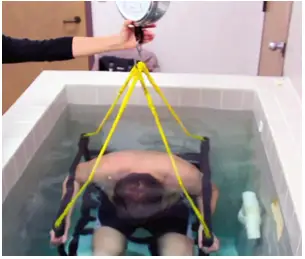
Figure 2. A man being weighed in a specialized tank of water for hydrodensitometry. The measurement, when compared with his weight outside of water, can be used to calculate his body-fat percentage.
Bioelectrical impedance analysis
Bioelectrical impedance analysis (BIA) is the technology behind the many body composition scales sold for home use. There are also hand-held devices. The technology is based on the fact that electricity flows more easily through tissues that are mostly composed of water, such as blood and muscle, than it does through tissues that have less or no water, such as bone and fat. The method involves standing barefoot on a BIA scale (or holding the handles of a BIA hand-held device), which sends a harmless electrical current through your body. The device measures the resistance (impedance) of the electrical current as it travels through your body and uses the measurement, along with other information, such as your height, weight, and gender, to predict how much body fat you have. The problem with BIA is that it’s the most inaccurate of the three mentioned methods, with the results depending strongly on how hydrated you are.
Skinfold testing
Skinfold testing (Figure 3) is probably the most common method of measuring body-fat percentage used by personal trainers. It involves using body-fat calipers to take measurements of the thickness of your skin at various sites on your body. The measurements are then summed, and the total is compared with a chart that estimates your body-fat percentage.
Figure 3. Skinfold testing using body-fat calipers. The summed measurements taken from multiple sites along one side of the body can be used to estimate body-fat percentage.
Body-fat calipers are cheap and usually come with clear instructions. Sometimes, the instructions request measurements to be taken from only three sites on your body; other times, measurements are requested from multiple sites. The more sites that are measured, the more accurate will be the final result. The accuracy of the final result also depends on the abilities of the individual taking the measurements (you can’t take them yourself). The measurements must, of course, be taken properly, using a consistent method.
Note that some of the sites from which measurements are taken are different for men and women. What’s more, all of the measurements are taken from one side of the body.




